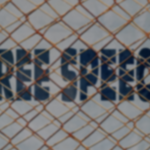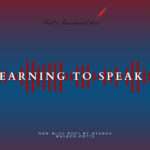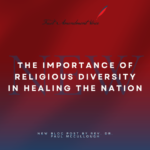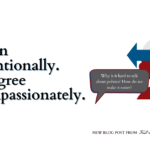The Foundation for Individual Rights in Education (FIRE) recently released their 2018 report on free speech codes on college campuses. The extensive report outlines a ratings system for colleges’ free speech policies, ranging from highly restrictive (red light) to policies that do not seriously threaten or hinder free speech (green light). If you’re concerned about the state of freedom of speech on college campuses, here are some of the most troubling findings from the FIRE report:
Free Speech Restrictions Are Still Significant
Nearly one-third of colleges in FIRE’s report received a red-light rating, which means they have some of the most anti-free speech policies that clearly and significantly restrict individuals’ rights on campus. Although this number is on the decline compared to previous years, this figure is still too high for comfort, considering students’ and college employees’ basic First Amendment rights are at stake.
A Majority of Institutions Have Vague Free Speech Policies
More than 58% of colleges in FIRE’s latest study have vague policies that could either protect or suppress freedom of speech on campus. The wording of these policies are simply too unclear to determine the outcome in potential scenarios, which could lead to dangerous precedents that restrict student and faculty members’ fundamental rights.
Some Colleges Have Implemented “Free Speech Zones”
As we’ve discussed previously, free speech zones on college campuses are likely unconstitutional, drawing from recent court decisions against universities that implemented specific areas of their campuses for open expression. Free speech zones may sound like good ideas initially, until you realize these are actually quite restrictive of students’ and members of the public’s rights to freedom of speech and expression.
If it’s a public community college or university, then why limit freedom of speech to a tiny area of campus? Proponents of free speech zones argue that protests and other disruptive speech acts could hinder students’ ability to get to or concentrate in class. However, these arguments completely ignore the fact that freedom of speech knows no physical boundaries; you cannot limit this freedom to a small, 10′x10′ space on campus. Although one-in-ten colleges currently maintain some kind of free speech zone, the growing number of legal appeals against these zones we’re hopeful that they will be rendered obsolete in the future.
Bias Response Teams Are Evaluating Offensive Speech
According to the FIRE study, 30% of colleges (and more than 50% of private universities) have a “bias response team” on campus. This team is designed to respond to student and faculty reports of speech they deem “offensive” or “hate speech,” either in the classroom, around campus, or elsewhere on the college’s property. Although what constitutes “offensive” speech is largely contestable, these bias response teams use anonymous reports from students to restrict other students’ freedom of expression.






